- Great Learning
- Free Courses
- Machine Learning
Earn a certificate & get recognized
Multiple Variate Analysis
Instructor:
Mr. Anirudh RaoMultiple Variate Analysis
2.2K+ learners enrolled so far
Stand out with an industry-recognized certificate
10,000+ certificates claimed, get yours today!
Get noticed by top recruiters
Share on professional channels
Globally recognised
Land your dream job

Skills you will gain
Introduction to Data Analysis
Understanding Multivariate Analysis
Various MVA Techniques
Advantages of MVA
Demonstration in Python
Key Highlights
Get free course content
Master in-demand skills & tools
Test your skills with quizzes
About this course
Data analysis is a domain that has a key role to play in almost all of the domains it involves in. To think of it, there are many ways to go about performing data analysis as there are numerous types of data that need to be collected, handled, and analyzed respectively. Multivariate analysis is important in today’s world of IT as it has the capability to pick up multiple points of data for observation at once and eventually even supply the same to a Machine Learning model to further amplify the effect of analysis and solve things quicker. Keeping this in mind, we here at Great Learning have come up with this course on multivariate analysis to help you completely grasp all of the content and get upto speed with all the foundationals that are required to proceed in this domain.
Check out our PG Course in Machine learning Today.
Course outline
Introduction to Data Analysis
Summary
This comprehensive module on Organizational Behaviour, covers the concept, importance, elements, levels, types, and objectives of the field. It provides a deep understanding of the subject to enhance interpersonal and communication skills and create a positive work environment.
Multivariate Analysis Course Agenda
Understanding Multivariate Analysis
Various MVA Techniques
Advantages of MVA
Demonstration in Python
Get access to the complete curriculum once you enroll in the course
Stand out with an industry-recognized certificate
10,000+ certificates claimed, get yours today!
Get noticed by top recruiters
Share on professional channels
Globally recognised
Land your dream job

Multiple Variate Analysis

1.5 Hours
Beginner
2.2K+ learners enrolled so far
Get free course content
Master in-demand skills & tools
Test your skills with quizzes
Refer and earn
Get learning discounts up to $20
Learner reviews of the Free Courses
5.0
Our course instructor

Mr. Anirudh Rao
Machine Learning Expert
Frequently Asked Questions
Will I receive a certificate upon completing this free course?
Is this course free?
What is multivariate analysis and how does it work?
In the realm of data analytics, we use various techniques to get desired outcomes in different situations. Multiple variant analysis is a range of statistical techniques that are used to undergo data analysis. This involves taking multiple measurements and then studying their relationship among different experiments to understand the outcomes better. Multivariate analysis was first started by Wishart in 1928, and since then, it has found its application in the fields of biology, education, and psychology.
What is an example of multivariate analysis?
In the marketing industry, professionals often have to run a lot of techniques to undergo market research and analysis. When dealing with more than one variable, multivariate techniques help in reaching robust conclusions and add clarity to the research. Let us take an example of marketing research where a company wants to understand the impact of variable ‘sales’ on the other variable ‘advertisement expenditure.
We will apply the multivariate technique to understand the relation between these two variables and the impact of one on another. One way to achieve this is by making a list of sales through various advertising channels and how each advertising channel impacts the overall sales. The data and findings can be worked into a model to find certain patterns or correlations to understand the impact of these variables on various outcomes. This will help the company to make informed decisions and set an advertising budget accordingly for driving more sales.
What is the goal of multivariate analysis?
The goals of multivariate analysis include :
-
The primary aim of doing multivariate analysis is to establish a correlation between multiple variables and predict outcomes.
-
These techniques help in sorting out data and simplifying it as much as possible. This helps in making informed decisions and drawing solid interpretations without altering the data structure.
-
Multiple variables used in multivariate techniques help significantly in the sorting of data. Different variables are grouped depending on their key features.
-
Multivariate analysis also helps to test and conduct statistical hypotheses. This helps us determine whether our assumptions are correct or not.
How Can I learn multivariate analysis from scratch?
The Multiple Variate Analysis course at Great Learning is beginner-friendly and helps you learn multivariate techniques from scratch. The course is created by experienced professionals and will equip you with the required skills to master the key concepts of data analysis using multivariate analysis. The course is offered free of cost and is suitable for anyone who wants to learn Multivariate Analysis without any prior technical experience.
Will I get a certificate after completing this Multiple Variate Analysis free course?
Yes, you will get a certificate of completion for Multiple Variate Analysis after completing all the modules and cracking the assessment. The assessment tests your knowledge of the subject and badges your skills.
How much does this Multiple Variate Analysis course cost?
It is an entirely free course from Great Learning Academy. Anyone interested in learning the basics of Multiple Variate Analysis can get started with this course.
Is there any limit on how many times I can take this free course?
Once you enroll in the Multiple Variate Analysis course, you have lifetime access to it. So, you can log in anytime and learn it for free online.
Can I sign up for multiple courses from Great Learning Academy at the same time?
Yes, you can enroll in as many courses as you want from Great Learning Academy. There is no limit to the number of courses you can enroll in at once, but since the courses offered by Great Learning Academy are free, we suggest you learn one by one to get the best out of the subject.
Why choose Great Learning Academy for this free Multiple Variate Analysis course?
Great Learning Academy provides this Multiple Variate Analysis course for free online. The course is self-paced and helps you understand various topics that fall under the subject with solved problems and demonstrated examples. The course is carefully designed, keeping in mind to cater to both beginners and professionals, and is delivered by subject experts. Great Learning is a global ed-tech platform dedicated to developing competent professionals. Great Learning Academy is an initiative by Great Learning that offers in-demand free online courses to help people advance in their jobs. More than 5 million learners from 140 countries have benefited from Great Learning Academy's free online courses with certificates. It is a one-stop place for all of a learner's goals.
What are the steps to enroll in this Multiple Variate Analysis course?
Enrolling in any of the Great Learning Academy’s courses is just one step process. Sign-up for the course, you are interested in learning through your E-mail ID and start learning them for free online.
Will I have lifetime access to this free Multiple Variate Analysis course?
Yes, once you enroll in the course, you will have lifetime access, where you can log in and learn whenever you want to.
Become a Skilled Professional with Pro Courses
Gain work-ready skills with guided projects, top faculty and AI tools, all at an affordable price.


View Course

Included with Pro+ Subscription

View Course

Included with Pro+ Subscription
.jpg)
View Course

Included with Pro+ Subscription


View Course

Included with Pro+ Subscription


View Course

Included with Pro+ Subscription

View Course

Included with Pro+ Subscription

View Course

Included with Pro+ Subscription

View Course

Included with Pro+ Subscription




View Course

Included with Pro+ Subscription

View Course

Included with Pro+ Subscription

View Course

Included with Pro+ Subscription
.jpg)
View Course

Included with Pro+ Subscription

View Course

Included with Pro+ Subscription

View Course

Included with Pro+ Subscription


View Course

Included with Pro+ Subscription


View Course

Included with Pro+ Subscription


View Course

Included with Pro+ Subscription


View Course

Included with Pro+ Subscription


View Course

Included with Pro+ Subscription


.png)
View Course

Included with Pro+ Subscription

View Course

Included with Pro+ Subscription
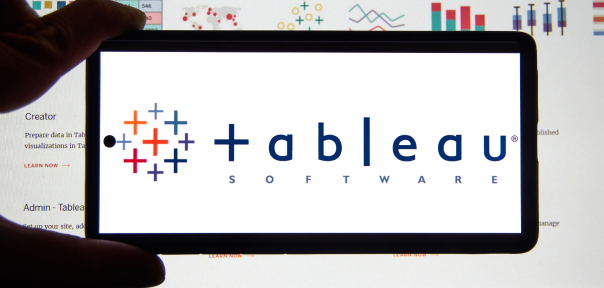
View Course

Included with Pro+ Subscription

View Course

Included with Pro+ Subscription

View Course

Included with Pro+ Subscription


View Course

Included with Pro+ Subscription
.jpg)
View Course

Included with Pro+ Subscription
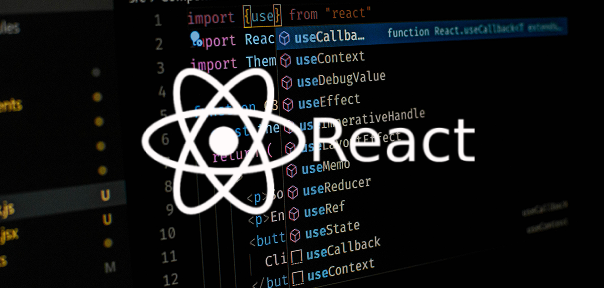
View Course

Included with Pro+ Subscription
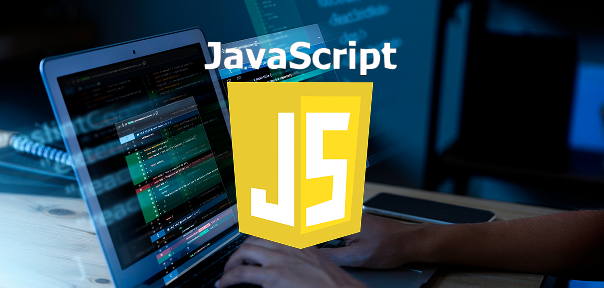
View Course

Included with Pro+ Subscription
.png)
View Course

Included with Pro+ Subscription

View Course

Included with Pro+ Subscription

View Course

Included with Pro+ Subscription

View Course

Included with Pro+ Subscription

View Course

Included with Pro+ Subscription


View Course

Included with Pro+ Subscription

View Course

Included with Pro+ Subscription

View Course

Included with Pro+ Subscription
.png)
View Course

Included with Pro+ Subscription
.jpg)
View Course

Included with Pro+ Subscription
.jpeg)
View Course

Included with Pro+ Subscription
.jpg)
View Course

Included with Pro+ Subscription
.jpg)
View Course

Included with Pro+ Subscription
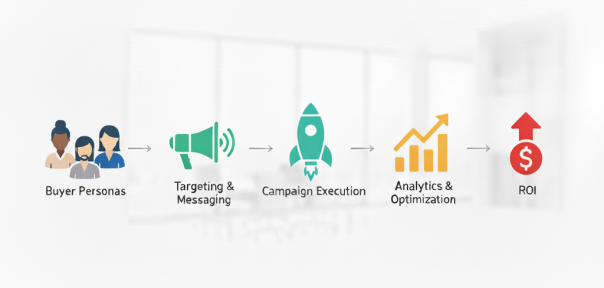
View Course

Included with Pro+ Subscription

View Course

Included with Pro+ Subscription


View Course

Included with Pro+ Subscription


View Course

Included with Pro+ Subscription


View Course

Included with Pro+ Subscription
.png)
View Course

Included with Pro+ Subscription



.png)

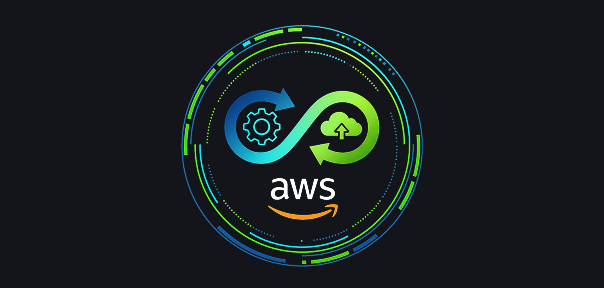
View Course

Included with Pro+ Subscription
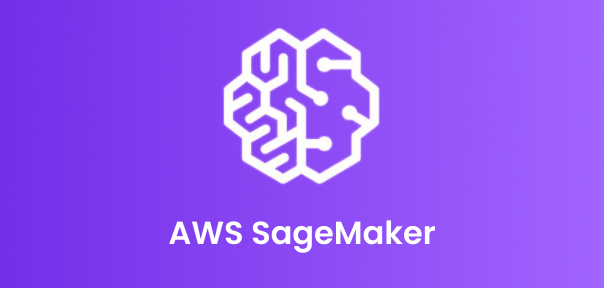

View Course

Included with Pro+ Subscription

View Course

Included with Pro+ Subscription

View Course

Included with Pro+ Subscription
.png)
View Course

Included with Pro+ Subscription
.png)
View Course

Included with Pro+ Subscription
.png)
View Course

Included with Pro+ Subscription
Popular


View Course

Included with Pro+ Subscription

View Course

Included with Pro+ Subscription
.jpg)
View Course

Included with Pro+ Subscription


View Course

Included with Pro+ Subscription


View Course

Included with Pro+ Subscription

View Course

Included with Pro+ Subscription

View Course

Included with Pro+ Subscription

View Course

Included with Pro+ Subscription
AI & Generative AI




View Course

Included with Pro+ Subscription

View Course

Included with Pro+ Subscription

View Course

Included with Pro+ Subscription
.jpg)
View Course

Included with Pro+ Subscription

View Course

Included with Pro+ Subscription

View Course

Included with Pro+ Subscription
Microsoft Courses


View Course

Included with Pro+ Subscription


View Course

Included with Pro+ Subscription


View Course

Included with Pro+ Subscription


View Course

Included with Pro+ Subscription


View Course

Included with Pro+ Subscription


Data Science & ML
.png)
View Course

Included with Pro+ Subscription

View Course

Included with Pro+ Subscription

View Course

Included with Pro+ Subscription

View Course

Included with Pro+ Subscription

View Course

Included with Pro+ Subscription


View Course

Included with Pro+ Subscription
IT & Software
.jpg)
View Course

Included with Pro+ Subscription

View Course

Included with Pro+ Subscription

View Course

Included with Pro+ Subscription
.png)
View Course

Included with Pro+ Subscription

View Course

Included with Pro+ Subscription

View Course

Included with Pro+ Subscription

View Course

Included with Pro+ Subscription

View Course

Included with Pro+ Subscription


View Course

Included with Pro+ Subscription
 (1).png)
View Course

Included with Pro+ Subscription


View Course

Included with Pro+ Subscription

View Course

Included with Pro+ Subscription


View Course

Included with Pro+ Subscription

View Course

Included with Pro+ Subscription
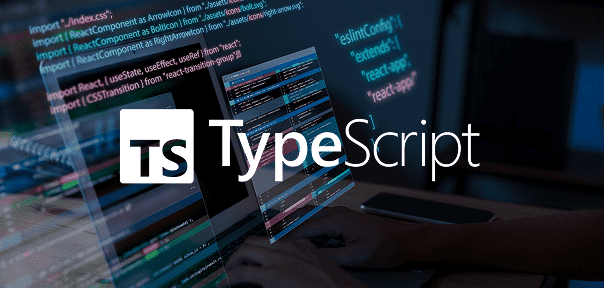
View Course

Included with Pro+ Subscription
.png)
View Course

Included with Pro+ Subscription
.png)
View Course

Included with Pro+ Subscription

View Course

Included with Pro+ Subscription

View Course

Included with Pro+ Subscription

View Course

Included with Pro+ Subscription

View Course

Included with Pro+ Subscription

View Course

Included with Pro+ Subscription
Management

View Course

Included with Pro+ Subscription

View Course

Included with Pro+ Subscription
.png)
View Course

Included with Pro+ Subscription
.jpg)
View Course

Included with Pro+ Subscription
.jpeg)
View Course

Included with Pro+ Subscription
.jpg)
View Course

Included with Pro+ Subscription
.jpg)
View Course

Included with Pro+ Subscription

View Course

Included with Pro+ Subscription

View Course

Included with Pro+ Subscription
.png)
View Course

Included with Pro+ Subscription
.png)
View Course

Included with Pro+ Subscription
.png)
View Course

Included with Pro+ Subscription
 (1).jpg)
View Course

Included with Pro+ Subscription

View Course

Included with Pro+ Subscription
.png)
View Course

Included with Pro+ Subscription
.png)
View Course

Included with Pro+ Subscription
Cloud Computing


View Course

Included with Pro+ Subscription


View Course

Included with Pro+ Subscription


View Course

Included with Pro+ Subscription
.png)
View Course

Included with Pro+ Subscription



.png)


View Course

Included with Pro+ Subscription


View Course

Included with Pro+ Subscription
.png)

View Course

Included with Pro+ Subscription
.jpg)

.jpg)

.png)

View Course

Included with Pro+ Subscription


Cyber Security

View Course

Included with Pro+ Subscription

View Course

Included with Pro+ Subscription
.png)
View Course

Included with Pro+ Subscription
.png)
View Course

Included with Pro+ Subscription
.png)
View Course

Included with Pro+ Subscription
Subscribe to Academy Pro+ & get exclusive features
$25/month
No credit card required

Learn from 40+ Pro courses
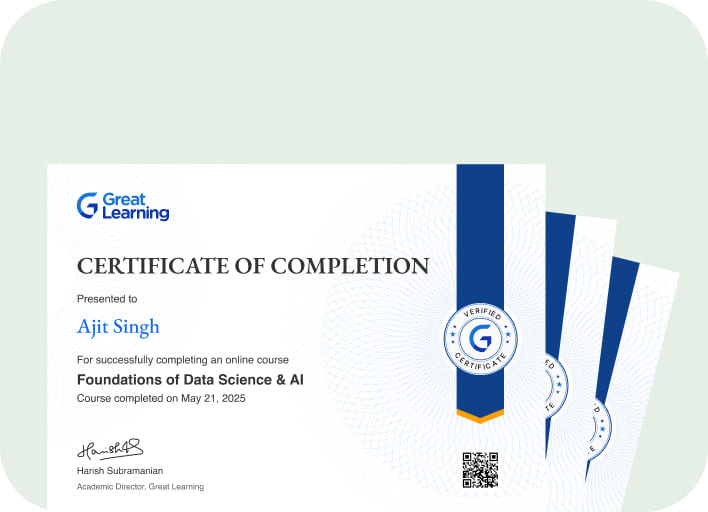
Access 500+ certificates for free
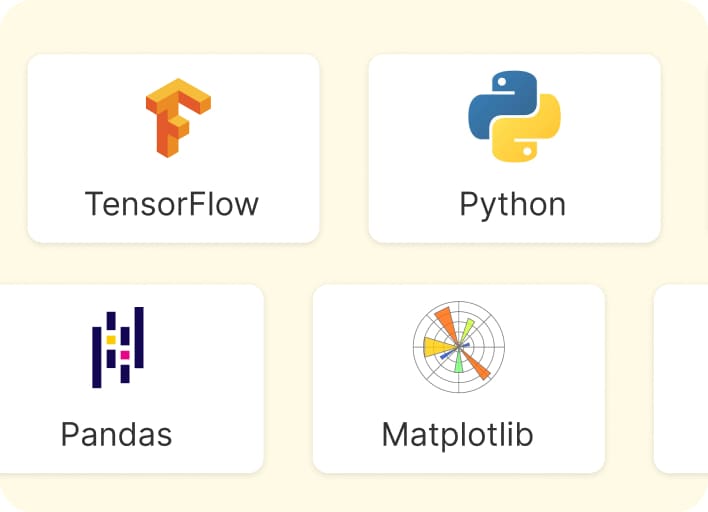
700+ Practice exercises & guided projects
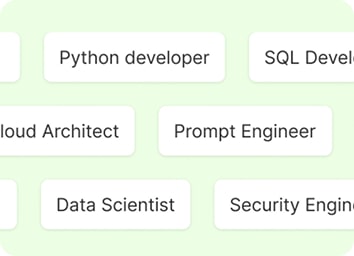
Prep with AI mock interviews & resume builder
Recommended Free Machine Learning courses
.jpg)

View Course
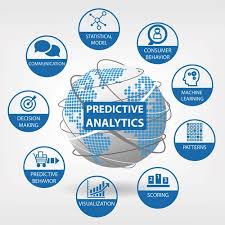

Similar courses you might like



View Course

Related Machine Learning Courses
-
Personalized Recommendations
Placement assistance
Personalized mentorship
Detailed curriculum
Learn from world-class faculties
50% Average salary hike -


Johns Hopkins University
Certificate Program in AI Business Strategy10 weeks · Online
Know More
-


Walsh College
MS in Artificial Intelligence & Machine Learning2 Years · Online
Know More
-


MIT Professional Education
No Code AI and Machine Learning: Building Data Science Solutions12 Weeks · Online · Weekend
Learn from MIT FacultyKnow More













